In the dynamic landscape of Philippine contemporary art, few artists have shaped the evolution of sculpture as profoundly as Ferdinand Cacnio. His innovative approach has not only redefined the boundaries of traditional metalwork but has fundamentally transformed how Filipinos interact with public art in their daily lives.
Cacnio’s masterful manipulation of brass, characterized by suspended figures that seem to defy gravity, represents more than technical achievement – it embodies a crucial bridge between Philippine sculptural heritage and contemporary artistic expression. While his work honors the deep-rooted traditions of Filipino metalwork, it simultaneously pushes the medium into bold new territories through minimalist surface treatments and ingenious use of negative space.
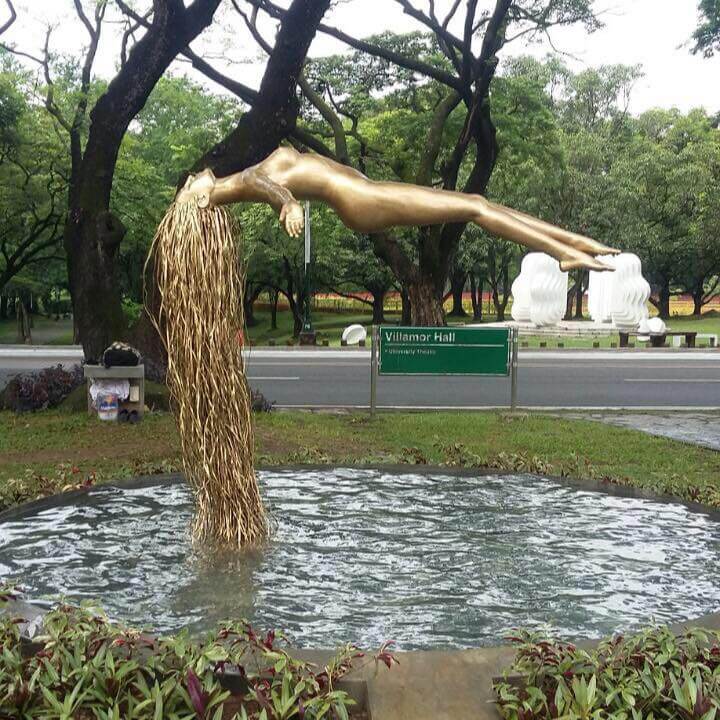
The artist’s influence resonates particularly strongly in urban spaces, where his large-scale installations have become defining features of the Philippine metropolitan landscape. These works serve as more than mere decorative elements; they function as cultural touchstones that spark dialogue and create new gathering spaces for community interaction. Through these public installations, Cacnio has democratized access to contemporary art, bringing sophisticated sculptural concepts out of galleries and into the daily experience of ordinary Filipinos.
Perhaps most significantly, Cacnio’s success has blazed a trail for emerging artists in the Philippine art scene. His career demonstrates how sculptors can maintain artistic integrity while navigating the complexities of commercial demands – a delicate balance that many young artists struggle to achieve. His approach to public art commissions has established new professional standards, while his technical innovations have expanded the possibilities for sculptural expression.
In the commercial sphere, Cacnio’s work has helped expand the market for large-scale sculpture and elevated the status of Philippine art internationally. His success has demonstrated the viability of sculpture as a primary practice, encouraging corporations and institutions to invest in public art initiatives. This has created new opportunities for emerging artists and contributed to the overall growth of the Philippine art market.
Yet Cacnio’s impact extends beyond the practical and commercial realms. His work has sparked important discussions about cultural identity in contemporary Philippine art. As his floating figures challenge physical constraints, they also question traditional boundaries between local artistic heritage and global contemporary expression. This dialogue has become increasingly relevant as Philippine art continues to gain international recognition.
The artist’s legacy is perhaps most visible in the new generation of Filipino sculptors who have built upon his foundations. While these artists develop their own unique voices, many acknowledge Cacnio’s influence in their approach to form, space, and public engagement. His work has shown that sculpture can be both technically sophisticated and accessible, challenging yet relatable.
The artworks below are on display at the “Unity in Diversity: Filipino Artists Across Borders” exhibition at Hong Kong Visual Arts Centre, February 26, 2025 through March 3, 2025.
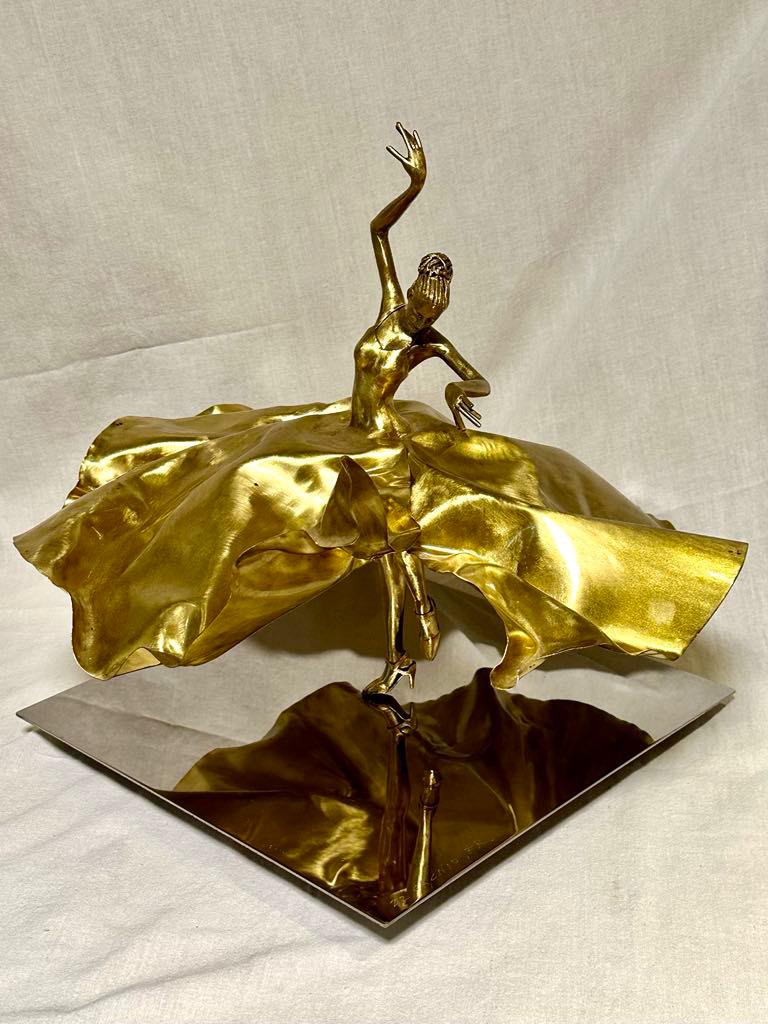
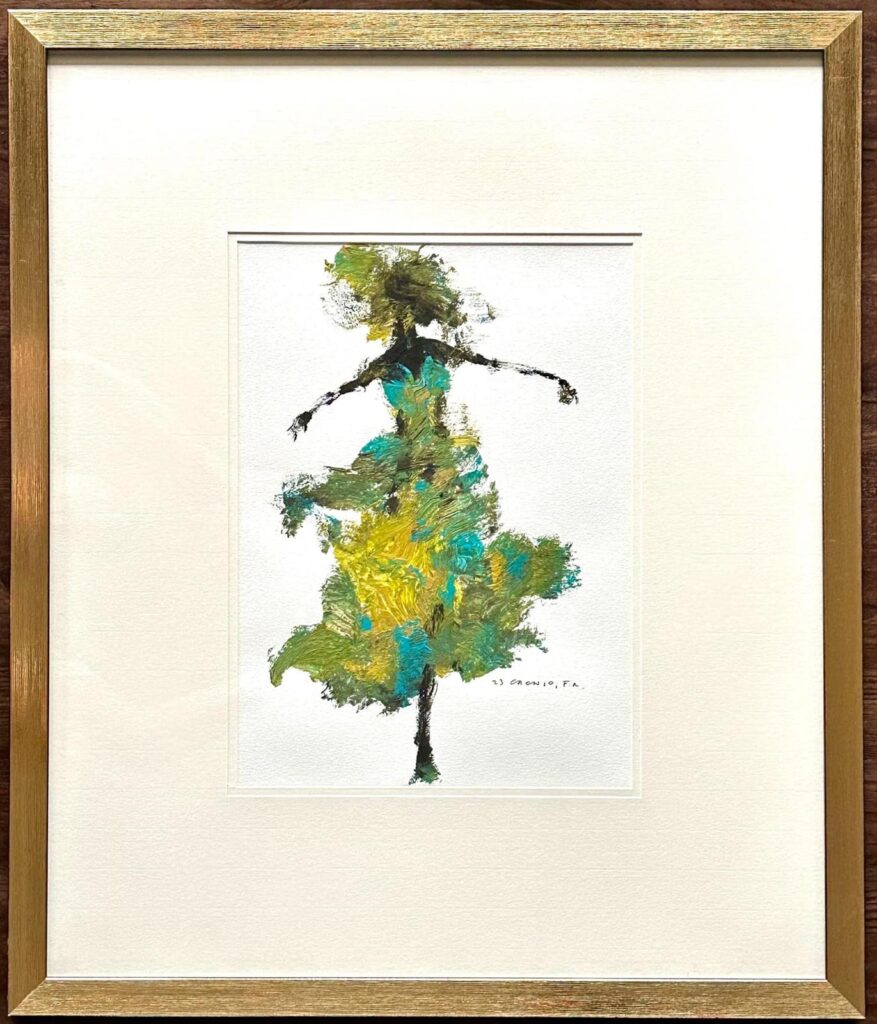
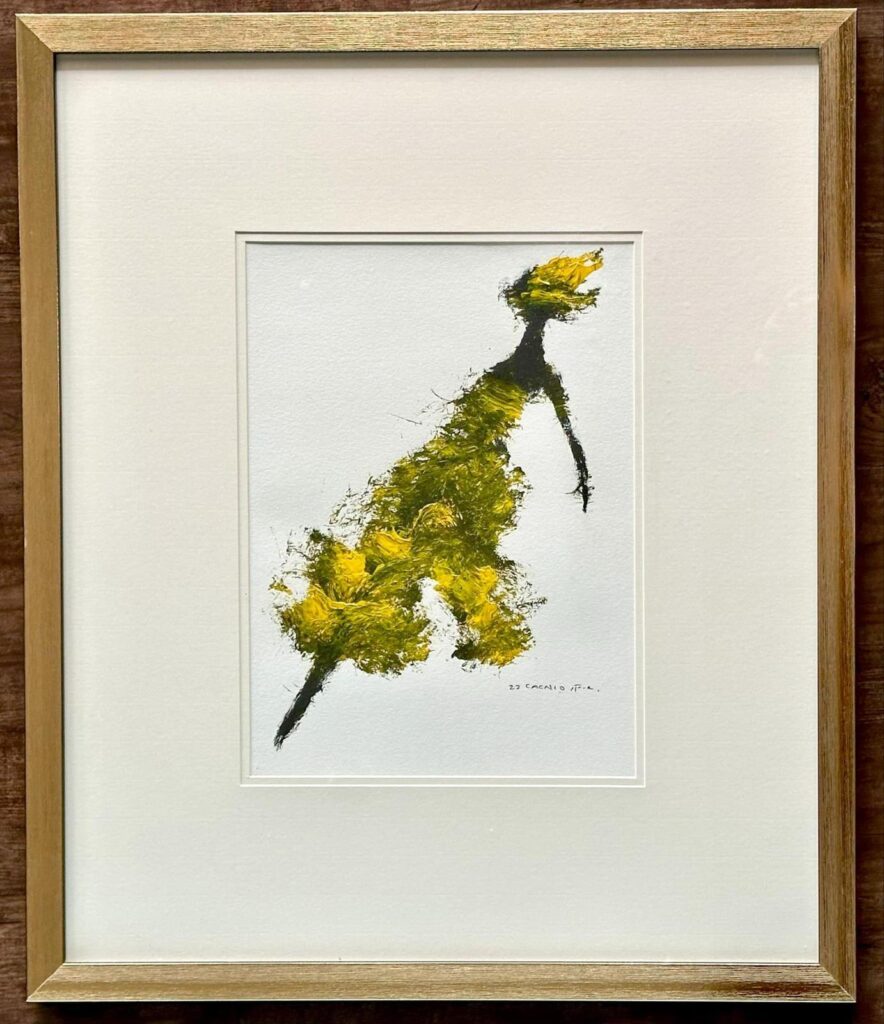
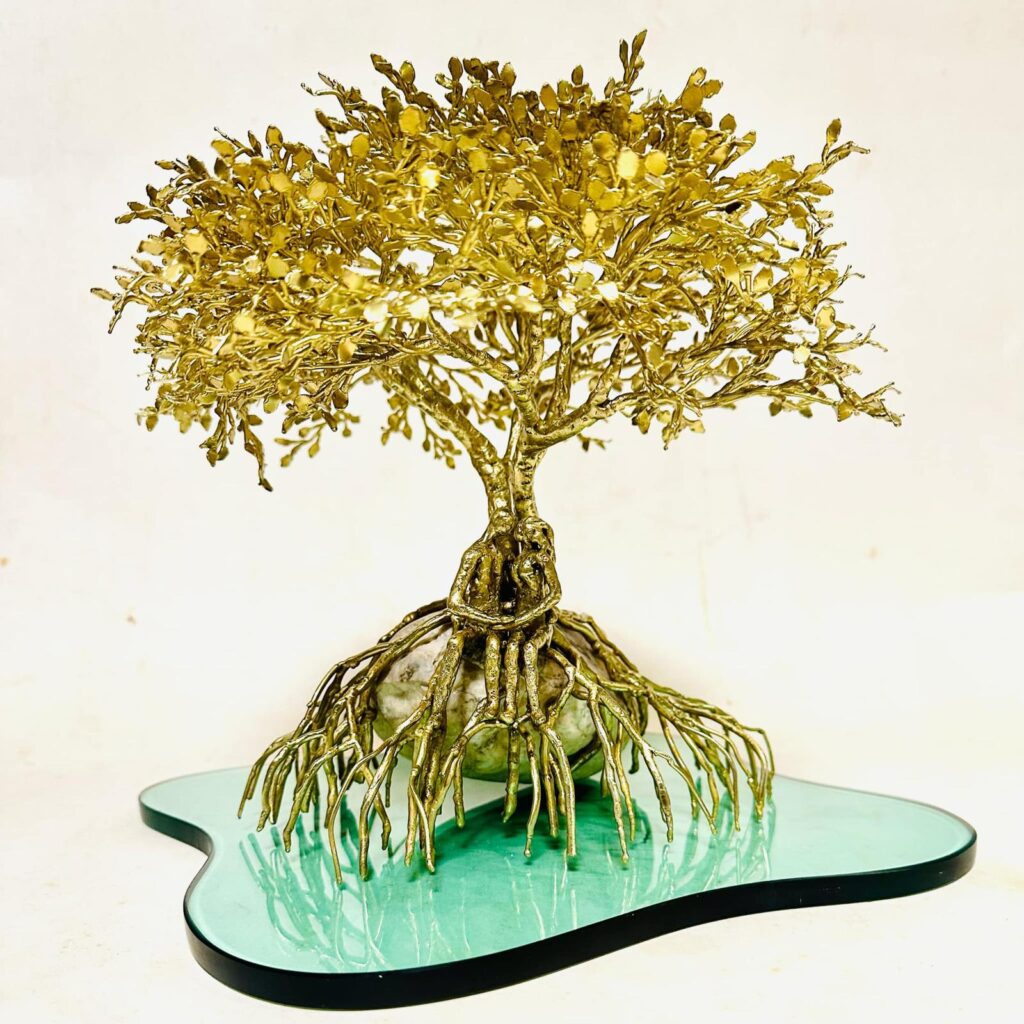
Looking forward, Cacnio’s influence continues to shape the trajectory of Philippine sculpture. His contributions have helped establish a robust foundation for future innovation while raising important questions about the role of public art in urban development and the balance between commercial success and artistic integrity.
In a country where traditional art forms often struggle to maintain relevance in the contemporary world, Cacnio has demonstrated how artists can honor their cultural heritage while embracing modern expression. His work stands as a testament to the vitality of Philippine contemporary art and its capacity for continuous renewal and reinvention.
As the Philippine art scene continues to evolve, Ferdinand Cacnio’s impact remains a crucial reference point for understanding not just the development of modern Filipino sculpture, but the transformative power of public art in shaping cultural identity and community engagement. His legacy reminds us that great art does more than occupy space – it creates new possibilities for artistic expression and cultural dialogue.
About the author: Rodolfo Canete Jr. is a Hong Kong-based journalist and self-taught multidisciplinary artist.




